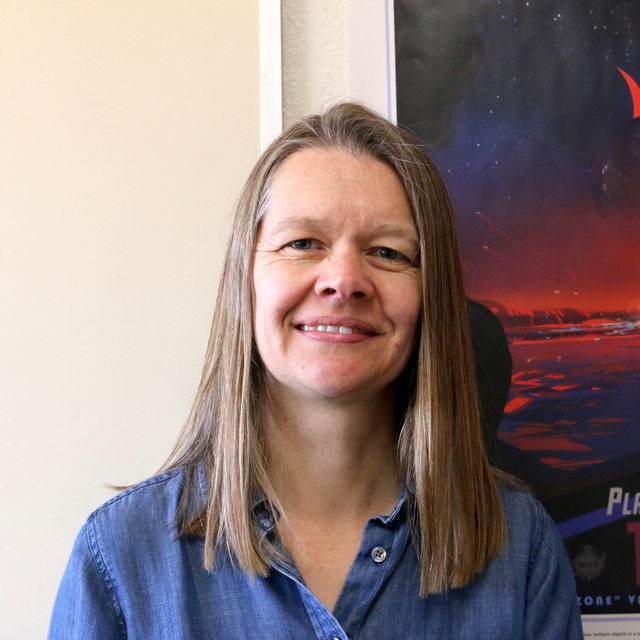January
2012
•
2012PASP..124...51W
Authors
•
Woillez, J.
•
Akeson, R.
•
Colavita, M.
•
Eisner, J.
•
Millan-Gabet, R.
•
Monnier, J.
•
Pott, J. -U.
•
Ragland, S.
•
Wizinowich, P.
•
Abajian, M.
•
Appleby, E.
•
Berkey, B.
•
Cooper, A.
•
Felizardo, C.
•
Herstein, J.
•
Hrynevych, M.
•
Medeiros, D.
•
Morrison, D.
•
Panteleeva, T.
•
Smith, B.
•
Summers, K.
•
Tsubota, K.
•
Tyau, C.
•
Wetherell, E.
Abstract
•
As part of the astrometric and phase-referenced astronomy (ASTRA) project, three new science modes are being developed for the Keck Interferometer that extend the science capabilities of this instrument to include higher spectral resolution, fainter magnitudes, and astrometry. We report on the successful implementation of the first of these science modes, the self-phase-referencing mode, which provides a K-band (λ = 2.2 μm) spectral resolution of R ∼ 1000 on targets as faint as 7.8 mag with spatial resolution as fine as λ/B = 5 mas in the K band, with the 85 m interferometer baseline. This level of spectral resolution would not have been possible without a phase-referencing implementation extending the integration time limit imposed by atmospheric turbulence. For narrow spectral features, we demonstrate a precision of ± 0.01 on the differential V2(λ), and ± 1.7 mrad on the differential phase Φ(λ), equivalent to a differential astrometry precision of ± 1.45 μas. This new Keck Interferometer instrument is typically used to study the geometry and location of narrow spectral features at high angular resolution, referenced to a continuum. By simultaneously providing spectral and spatial information, the geometry of velocity fields (e.g., rotating disks, inflows, outflows, etc.) larger than 150 km s-1 can also be explored.
Links




